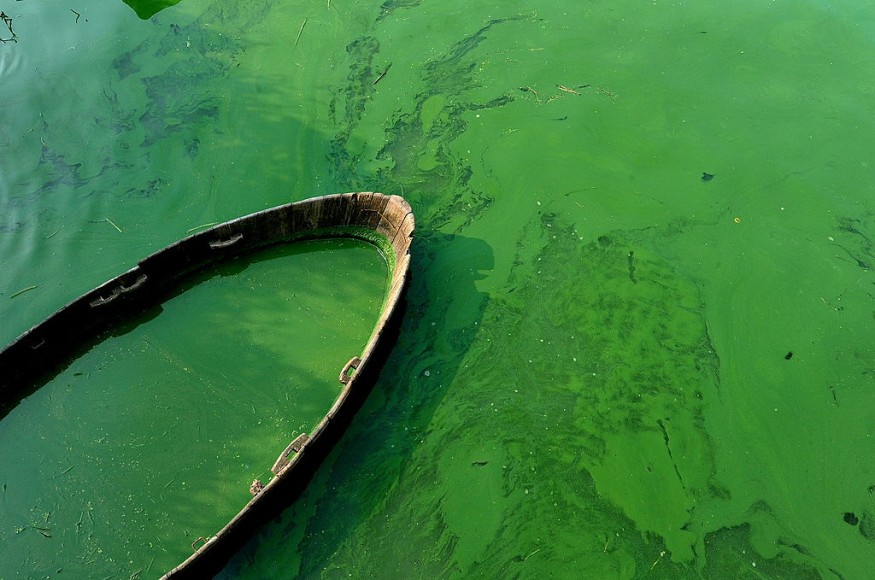After the End-Permian mass extinction wiped out nearly all life on earth roughly 252 million years ago, it seems that it proliferated today's rivers and lakes with toxic microbial blooms.
In a study conducted by international team of researchers, they call this burst in bacterial and algal blooms a 'toxic soup' which sprouts in freshwater ecosystems. The authors suggest that the "end-Permian is one of the best places to look for parallels with what's happening now."
Authors believe that the climate-driven deforestation during the Permian extinction event had led to blooms, including that in the Sydney Basin, one of the oldest known freshwater ecosystems in the world.
Human activity induces similar events

"We're seeing more and more toxic algae blooms in lakes and in shallow marine environments that's related to increases in temperature and changes in plant communities which are leading to increases in nutrient contributions to freshwater environments," says Professor and Head of the Department of Geosciences Tracy Frank from the University of Connecticut.
"So, a lot of parallels to today. The volcanism was a source of CO2 in the past, but we know that the rate of CO2 input that was seen back then was similar to the rate of CO2 increases we're seeing today because of anthropogenic effects."
While microscopic algae and cyanobacteria are requisites for a healthy ecosystem, "they can grow out of control sometimes", depleting the free oxygen provided to aquatic animals and even release toxins into the water. Warming temperature, deforestation, and the rush of soil nutrients into waterways feeding the microbes are also relevant factors in the increase in toxic blooms.
"We can get a sense of how much climate has changed in the past, what the extremes are, how fast it can change, what the causes of climate change are and that gives us a nice backdrop for understanding what's happening today."
'Toxic Soup' impacts can echo for a very long time
The soil, fossil, and geochemical data from the Sydney Basin revealed that spread of microbes in the wake of the Permian extinction "was both a symptom of continental ecosystem collapse, and a cause of its delayed recovery," which clearly indicates symptoms of an unbalanced ecosystem.
Moreover, the study implies that bloom events and its impacts can 'echo for an extremely long time'. However, unlike the events subsequent to the mass extinctions millions of years ago, we have a chance to bounce back and prevent toxic blooms by cleaning our waterways consistently and battling greenhouse gas emissions.
"The scary thing is we are used to thinking in terms of timescales of years, maybe tens of years, if we get really adventurous. The end-Permian mass extinction event took four million years to recover from. That's sobering," said Professor Chris Fielding of University of Connecticut.
Evidence of microbial blooms becoming more common after warming-driven extinction events had also been identified in deep-time records, although it is quite different from what is happening today.
© 2025 NatureWorldNews.com All rights reserved. Do not reproduce without permission.





